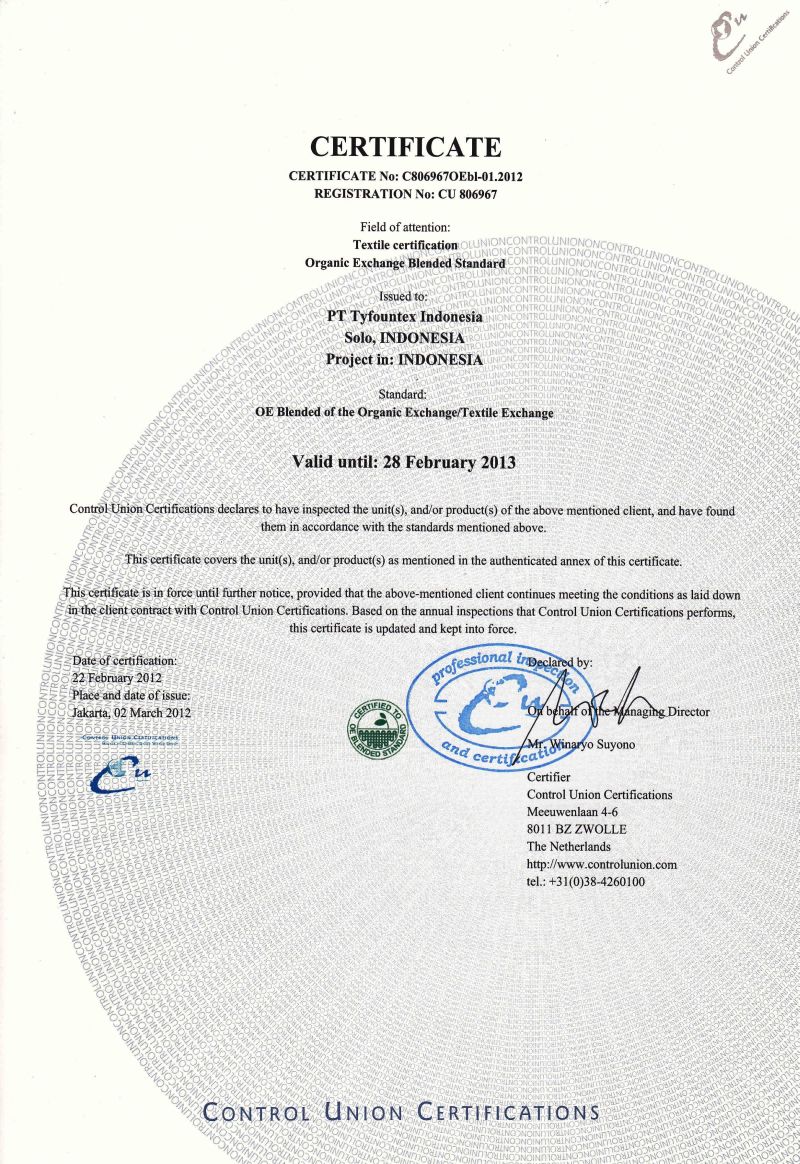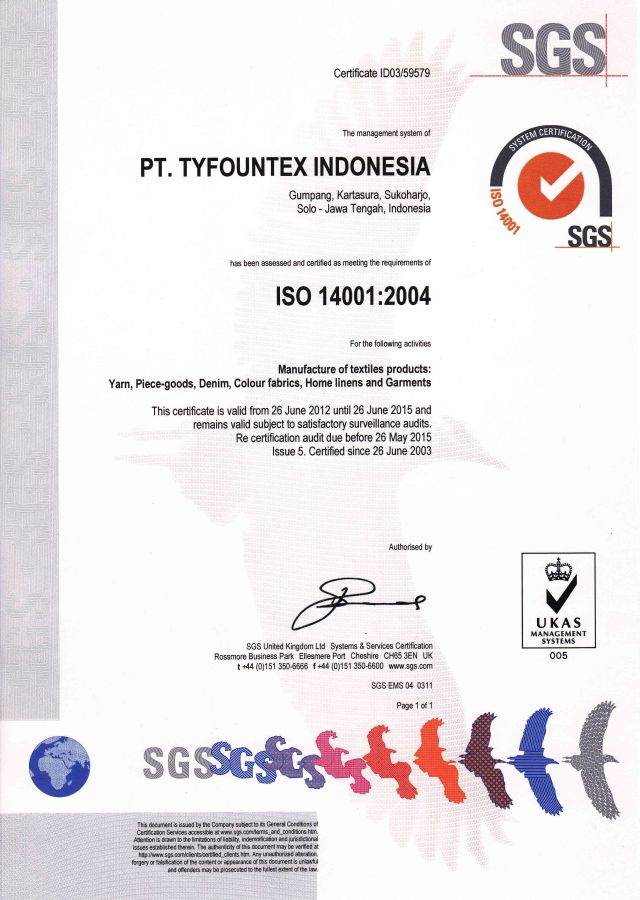Let's Share Organic Cotton
What is ORGANIC COTTON ? => Click here for viewing in PDF format
- Cotton which is grown using methods & materials that have LOW IMPACTS on the environment - NO INSECTICIDE or PESTICIDE and CHEMICAL FERTILIZERS
- Pass a set of strict organic standards
Steps to become a Certified Organic Cotton Grower ?
- Land preparation - 3 years
- Not using toxic chemicals, insecticide and pesticide
- Apply for certification by accredited parties: USDA certified parties, Eecocrt, Bio- Inspector, Control Union, Soil Association.
- Not using chemical fertilizer to feed the plant
Conventional Cotton Vs Organic Cotton
- Most pesticide-intensive crop on earth (about 25% of world's insecticides are used in cotton plantation)
- Annual global cotton output~ 25 million metric tons
- Yield about 370 Kg/ acre
- Organic agriculture prohibits the use of toxic and persistent pesticides and fertilizers.
- Less than 1% global cotton production (about 31,000 metric tons in 2005/06 reported)
- Yield per acre about 148 Kg/ acre (40% of conventional cotton)
Organic Cotton Supply
Major producing countries in 2004/05 :
- Turkey 41% of total Organic production
- India 25%
- USA 8%
- China 7%
- Tanzania 5%
- India is expected to emerge as the world's number one producer of Organic Cotton in 2007/08
Average Organic Cotton fiber specifications offering in market:
- Grade about MIDDLING
- Staple Length 1-3/32" ~ 1-1/8"
- Micronaire 3.5 ~ 4.5
- Strength 26 ~ 30 Grams per Tex
- Yarn count range Ne 10s ~ Ne 40s
- Suitable for woven/ knitted fabrics and Home Textile
Criterias for Organic Fabric Supplier
- Cotton fiber used in product was purchased from a certified organic cotton grower
- The fiber was handled, processed and labeled according to the OE 100 Standard (This is a voluntary Standard)
- Grower and the finished yarn/ fabric manufacturer must be certified
PT Tyfountex Indonesia is Organic Exchange (OE) 100 & Global Organic Textile Standard (GOTS) certified:
- Yarn
- Denim/ color fabric
- Home textile
- Garment
- To ensure identification of lots and avoid mixing with or contaminated by other products



Production :
- Processing in accordance with system plan
- All organic raw cotton are labeled "ORGANIC" in green color
- Segregation of organic and conventional raw cotton
- No Additives of non organic nature in spinning process

- Use only allowed sizing agents ( Starch, modified corn starch, & < 25% PVA )
- Segregation of organic and regular production lines
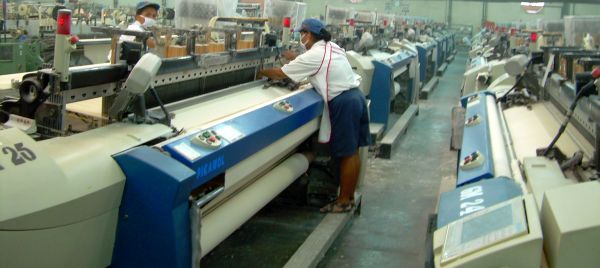

- Only the approved chemicals, dyestuffs, and auxiliaries from GOTS can be used for production.
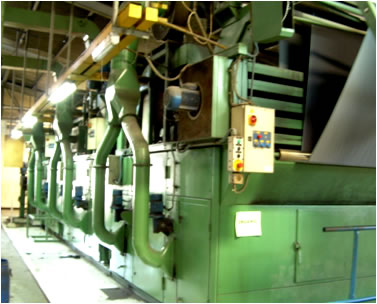

- OEKO-Tex approved accessories
- Segregation of organic and regular production lines
- Use only GOTS approved chemicals in laundry

Processing Requirements for GOTS
- Separation and identification at all stages of processing
- Prohibited/ restricted inputs of specified chemicals in all production stages
- Follow basic requirements for auxiliary agents and dyestuffs in all processing stages
- An established Environmental Management policy
- Monitoring sediment, temperature, PH, BOD and COD contents < 25 g/Kg, Copper content < 0.5g/L
- Storage, packing and transport must separate from conventional products to prevent contamination
Record Keeping
- All records must be supported by effective documented control system and traceable
Internal Quality Assurance
- Technical quality criteria are set and to be complied with FASTNESS, SHRINKAGE, RESIDUES in textiles and accessories
Environmental Management
- A sound Waste Water Treatment system, also proper disposal of wastes
Store, Packaging & Transport
- No commingling or contamination will take place in transporting outgoing products
Sustainable
- Observe the minimum social criteria (No forced or child labor, free to join labor union, safe and hygienic working environment, living wages are paid, no excessive working hours...)
Record Keeping and Internal Quality Assurance :
- Must be supported by effective documented control system, end records to provide audit
- Technical Quality Parameters final product labeled should comply with the technical quality parameters required.
To view in higer quality, please click the image.
OE 100 Labeling
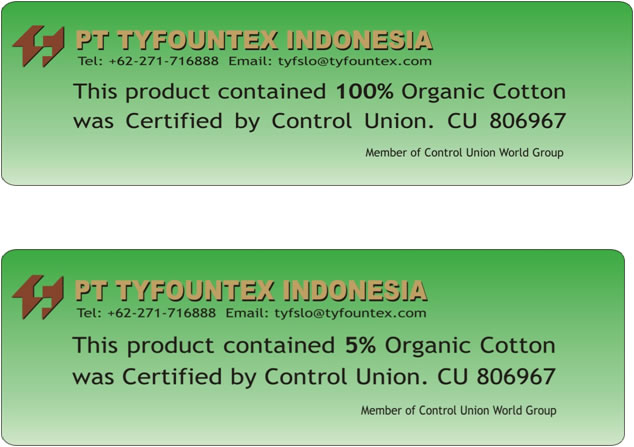
GOTS Labeling







